Hydrodynamic Force and Motion Response Analysis for Diver’s Ladder under the Disturbance of Mother Ship
2015-05-02XIAOWenbinDONGWencai
XIAO Wen-bin,DONG Wen-cai
(Department of Naval Architecture,Naval University of Engineering,Wuhan 430033,China)
Hydrodynamic Force and Motion Response Analysis for Diver’s Ladder under the Disturbance of Mother Ship
XIAO Wen-bin,DONG Wen-cai
(Department of Naval Architecture,Naval University of Engineering,Wuhan 430033,China)
Diver’s ladder is a platform mounted with the mother ship by a pin for divers to embark and disembark the ship.In order to ensure the safety during the diving operation in waves,the design requirement is rather high for the hydrodynamic force,motion response of the ladder and the dynamic force of the pin.In this problem,the hydrodynamic characteristics of the diver’s ladder are different from those of a free floating structure in waves.By taking the mother ship and ladder as a whole system,boundary element method based on the deep water Green function is adopted to investigate the motion responses of the system in regular waves with the numerical integration of the radiation and diffraction pressures on the average wet surface.The ladder’s wave loads,inclusive of Froude-Krylov force,diffraction force and radiation force,are then calculated through the pressure integration on its wet surface.Further,motion responses of the ladder are numerically evaluated by using the rigid motion theory according to its relative position with respect to the mother ship.With the input of ladder’s motion responses,wave loads and the dynamic forces exerted by the pin,a dynamic equilibrium equation is constructed for the diver’s ladder.Based on the ideas above,the influences of typical parameters,such as the wavelength,forward speed and ladder’s relative position, are illustrated systematically to achieve the change rule of the hydrodynamic characteristics for the diver’s ladder.If such hydrodynamic rule is made clear,it is expected to effectively guide the ladder arrangement,pin selection and ship maneuverability at the diving operation.
deep water Green function;hydrodynamic disturbance;diver’s ladder; mother ship;pin
0 Introduction
At the port or starboard side of mother ship,diver’s ladder is a retractable steel device for the operating convenience of divers,whose major components are the ladder round and diving platform[1].At the diving operation,the ladder is stretched out from the ship side and slowly immersed into the water by the winch capstan.Eventually,the diver’s ladder is rigidly connected with the mother ship by a steel pin.In the action of waves,the mother ship would oscillate along with the ladder together,which is different from the seakeeping problem of a freefloating structure.On the one hand,the hydrodynamic disturbance between the ladder and the ship is so important that the interference effect must be taken into account for the numerical calculation of ladder’s wave exciting force.On the other hand,the geometric parameters of the ladder are much less than those of the ship and the motion response of the ladder in waves is dominated by that of the mother ship,which indicates that the ladder’s motion can be regarded as the forced one.Therefore,the dynamic force of ladder exerted by the pin is tightly coupled with the ship dynamic motion.For the pin,excessive force may cause its fracture and other security incident.By the mechanic analysis,the external load of ladder is the sum of its wave load and dynamic force from the pin and the pin force is closely related to the feature parameters of incident wave and relative position of ladder at the mother ship.According to the study of the hydrodynamic characteristics of diver’s ladder systematically,there is all-important significance in practice for the ladder arrangement,pin selection and ship maneuverability at the diving operation.
In the framework of linear potential flow theory,deep water Green function is adopted as the integral kernel and boundary element method is applied to solve the radiation and diffraction potentials on the average wet surfaces of the mother ship and ladder.By the coupled motion equation,motion responses of the both objects are obtained and the ladder motion is resolved from the synthesis principle of rigid body.As the diver’s ladder as the study object,the dynamic force of ladder exerted by the pin can be deduced by the input of hydrodynamic force and motion response into the dynamic equilibrium equation.Through the varying ship speed and relative position between the ladder and the mother ship,the change rules are investigated for the hydrodynamic response of ladder and the dynamic force of pin.
1 Mathematical problem and numerical implementation
1.1 Definite condition of flow velocity potentials
A right-hand Cartesian coordinate system o-xyz,as shown in Fig.1,is defined by placing the o-xy plane coinciding with the undisturbed water surface and oz axis oriented positively upward.The origin o is set at the plumb line of gravity center of mother ship and the coordinate system is moving with the same speed as the mother ship.Mother ship and diver’s ladder can be taken as a whole system,which is advancing in the incident regular wave with circular frequency ω0and oscillating sinusoidally with encounter frequency ωe.The calculating formula of ωeis that ωe=ω0-k0Ucos β, where k0is the wave number in deep water,g is the acceleration of gravity and β is the wave-to-course angle with β=180°corresponding to the head wave.The gravity center ofdiver’s ladder is set as o′and the longitudinal space between o′and o is Dx.For Dx>0,diver’s ladder is close to the bow of mother ship.
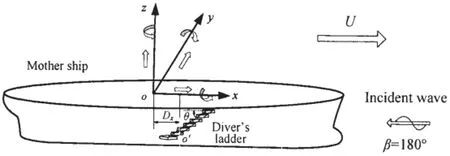
Fig.1 Definition of the coordinate system
The flow liquid is satisfied with the assumption of irrotational and incompressible ideal fluid and the surface-tension effect is ignored here[2].If the incident wave elevation and ship oscillatory motion are both small,the unsteady velocity potential φtin the first-order form can be written as below:

where,φ7is the diffraction potential,φj(j=1~6)is the radiation potential at unit oscillatory motion,ηj(j=1~6)is the first-order motion at six degree of freedom with the cases j=1~6 corresponding to the surge,sway,heave,roll,pitch and yaw modes.Specially,the definition of incident potential φ0is as follows:
where ζais the amplitude value of incident wave.The definite conditions of radiation and diffraction potentials can be expressed as


Satisfied with the definite conditions mentioned above,the flow velocity potentials can be demonstrated by the reasonable Green function distribution with the point-source form[3].At the diving operation,the speed of mother ship is generally kept at zero or very slow for the adjustment of heading course.Therefore,the integral kernel here is adopted by the 3-D pulsatingsource Green function in deep water[4].The velocity potential φj(j=1~7)then is the solution of the boundary integral equation,which is illustrated as follows:

where q is the source point,σjis the unknown source strength of radiation potential or diffraction potential and G is the 3-D pulsating source Green function in deep water.The numerical calculation method of this Green function and its partial derivatives can be referred in the literature Refs.[5-6].By substituting the body surface condition into Eq.(3),the source strength can be numerically solved at each mode.The velocity potential is then determined after the substitution of the known strength into the Eq.(3).
1.2 Wave exciting force


According to the general definition,wave exciting force of floating structure is the sum of Froude-Krylov force and diffraction force.
1.3 Radiation force and hydrodynamic coefficients
Similarly,the radiation force is the result of surface integration for the radiation pressure, whose projecting value at i th direction is corresponding to the j th motion mode of radiation wave.The formula of radiation force is written as below:

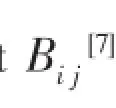

1.4 Free motions of the mother ship and diver’s ladder
The weight and principal dimension of diver’s ladder are much less than those of mother ship,so the oscillatory center of the whole system can be regarded as the ship gravity center. According to the rigid body dynamics,the coupled motion equation can be demonstrated asfollows:



1.5 Dynamic force exerted by the pin



1.6 Basic numerical method
By the Hess-Smith approach[9],the average wet surface of the whole system is discretized as the quadrilateral panels and the continuous form of boundary integral equation can be transformed to the numerical integration for the discrete panels[10].The analytical method is applied to the calculation of the simple part in deep water Green function and its partial derivatives.For the other part of the Green function,Guass integral method with 2×2 nodes form is adopted here.The detailed calculation method of wave exciting force and hydrodynamic coefficient can be referred to Ref.[11].
2 Models and validation
2.1 Physical models
The mother ship is chosen as Series 60(CB=0.7)in Fig.2,whose main particulars are LM=152.40 m,BM=21.75 m,TM=8.70 m and▽M=20 200 m3.Fig.3 illustrates the diver’s ladder with the ladder round and diving platform under the water surface.The wet areas of other accessories are too small to be ignored in the numerical calculations.Major parameters of the diver’s ladder are listed in Tab.1.
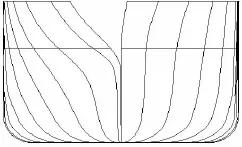
Fig.2 Body lines of the mother ship
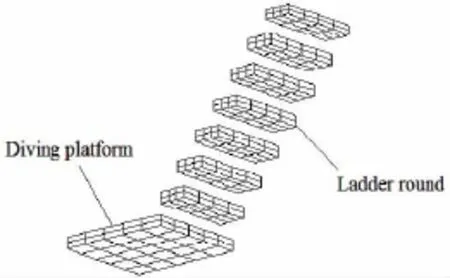
Fig.3 3-D panel model of the diver’s ladder

Tab.1 Major parameters of the diver’s ladder
2.2 Numerical validation
From the appearance point of view,the ladder round and diving platform are both in the box form.To validate the proposed program,a box with L:B:D=9:9:4 is selected to calculate the motion response and wave exciting force in the zero-speed condition.Fig.4 illustrates the heave motion and heaving force amplitudes of the box with the varying encounter frequency.Compared with the data in Ref.[12],the present calculations fit well with the experimental results.


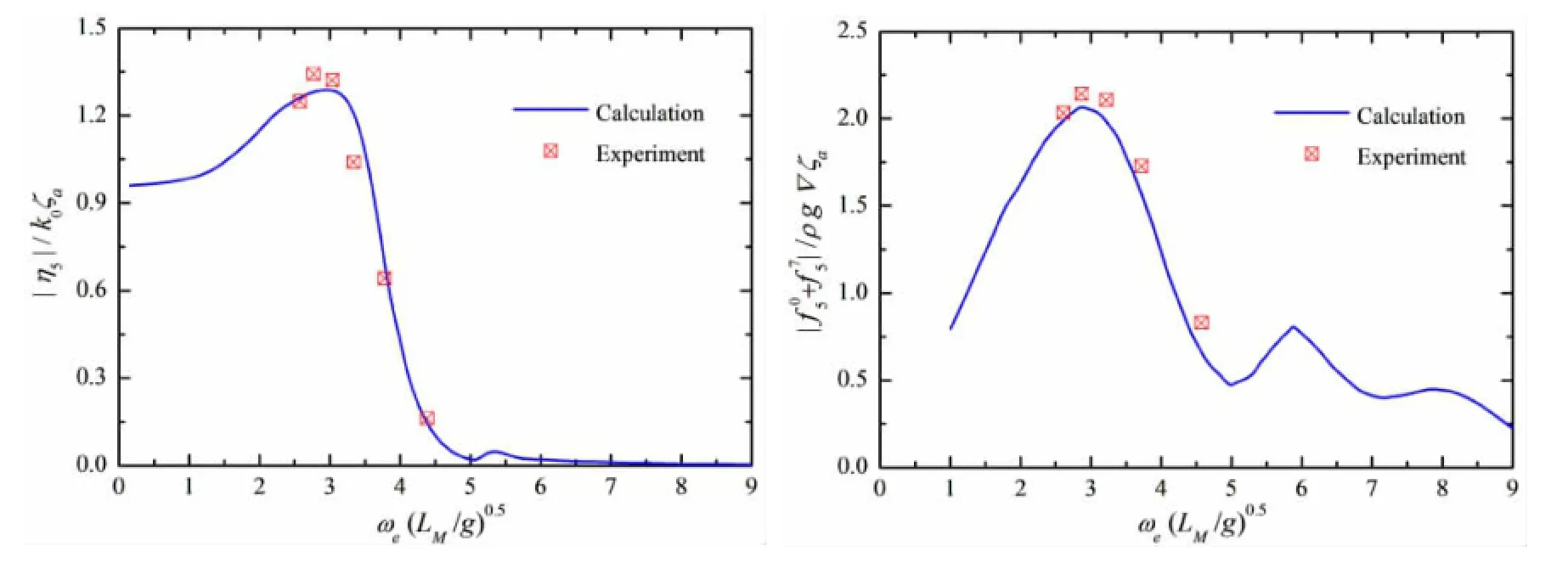
Fig.5 Non-dimensional pitch motion and pitching moment amplitudes of Series 60
3 Hydrodynamic characteristics of diver’s ladder
3.1 Forward speed

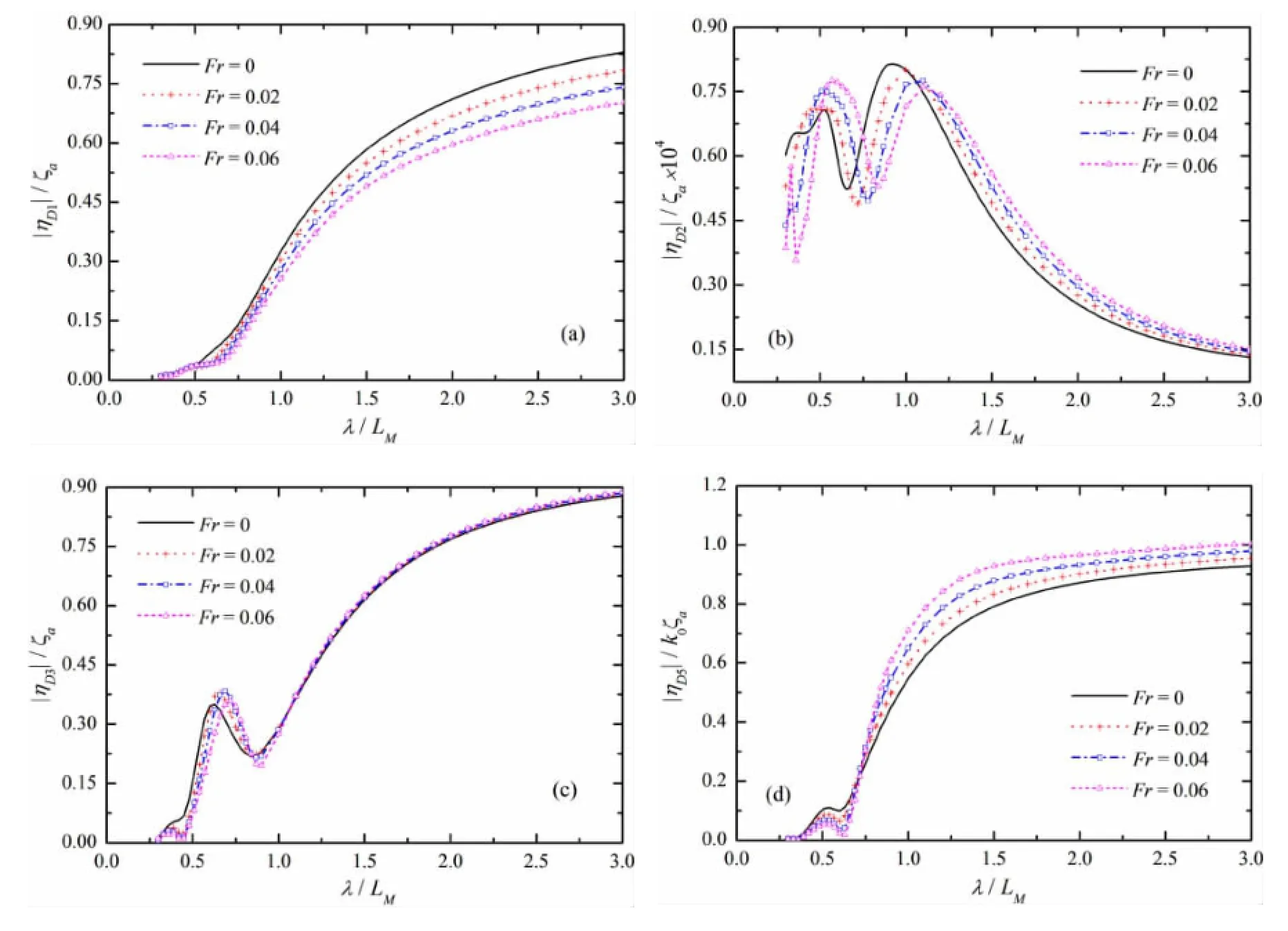
Fig.6 Non-dimensional motion response amplitudes of diver’s ladder at different forward speeds
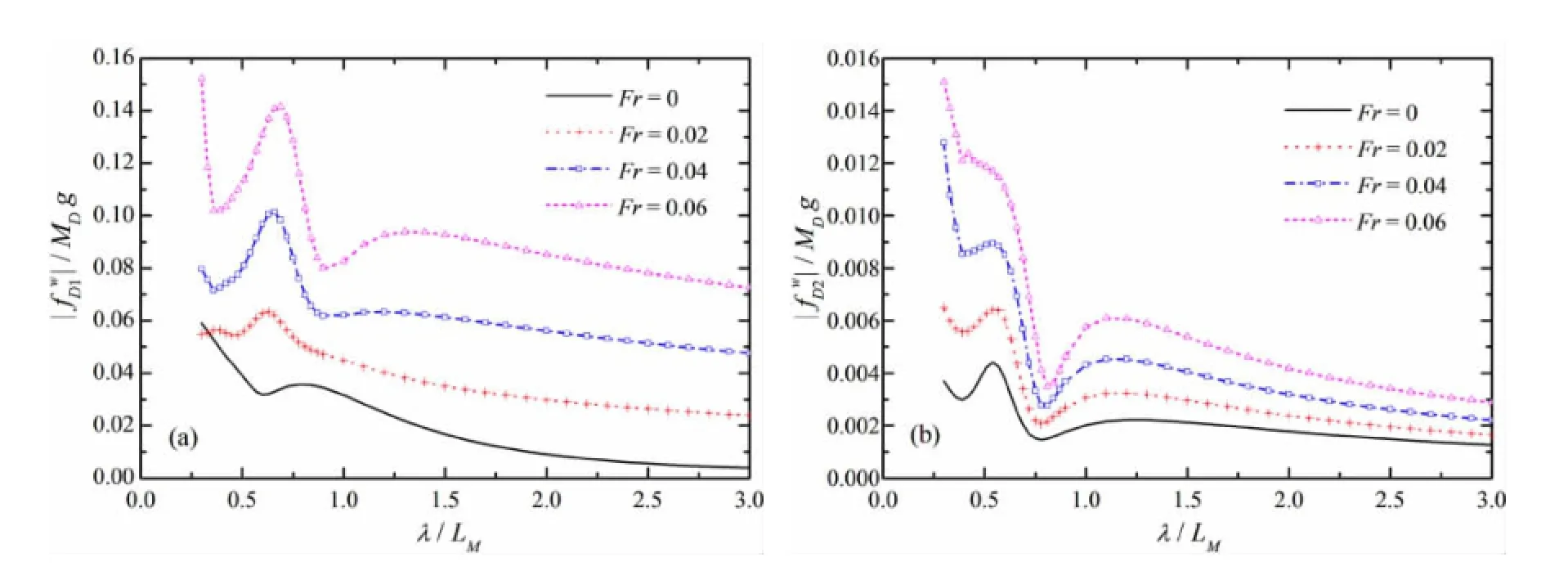
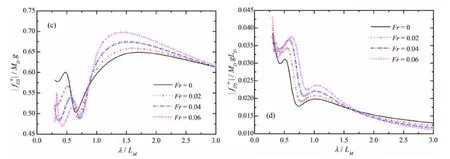
Fig.7 Non-dimensional wave load amplitudes of diver’s ladder at different forward speeds

Fig.8 Non-dimensional dynamic force amplitudes of pin at different forward speeds
3.2 Longitudinal space
The diver’s ladder is generally arranged in the vicinity of ship gravity center.To satisfy the optimization layout of the many devices on deck,the longitudinal coordinate of diver’s ladder may be moved backwards to the ship stern.At different longitudinal spaces,the motion response of mother ship with zero-speed and head-wave condition is given in Fig.9.Fig.10 illustrates the dynamic force amplitude of pin in the case of rotation angle θ=60°for the ladder.Some conclusions can be drawn from the Fig.9 and Fig.10:(1)The influence of longitudinal space on the surge and pitch motions of ship can be almost ignored.It is clear that the weight and size of ladder are at least an order of magnitude less than the mother ship and the diver’s ladder is rigidly fixed to the ship,which hints that the surge and pitch motions are almost the same for the two bodies.(2)Different from the two modes mentioned above,the swayand heave motions of ladder are the coupled action of three kinds of ship motion modes.The peak of ship sway motion for Dx=-0.04LMis estimated at about 2.3 times that for Dx=0 in short waves.If the incident wavelength is almost identical with the ship length,the peak of ship heave motion for Dx=-0.04LMabout 1.5~5.8 times that for Dx=0.(3)The vertical force of pin is about 1~2 orders of magnitude more than its transversal and longitudinal forces.With the increasing longitudinal space,the peak of pin vertical force would increase,whose corresponding frequency is getting smaller.(4)For λ/LM<1.2,the transversal and longitudinal forces of pin are exquisitely sensitive to the incident wavelength.The impact of longitudinal space on the pin transversal force is obviously greater than that on the pin longitudinal moment.In order to meet the requirement of specification for the pin lateral load,the operating position of diver’s ladder should be close to the ship gravity center as much as possible.

Fig.9 Non-dimensional motion response amplitudes of diver’s ladder at different longitudinal spaces
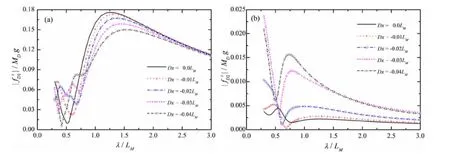
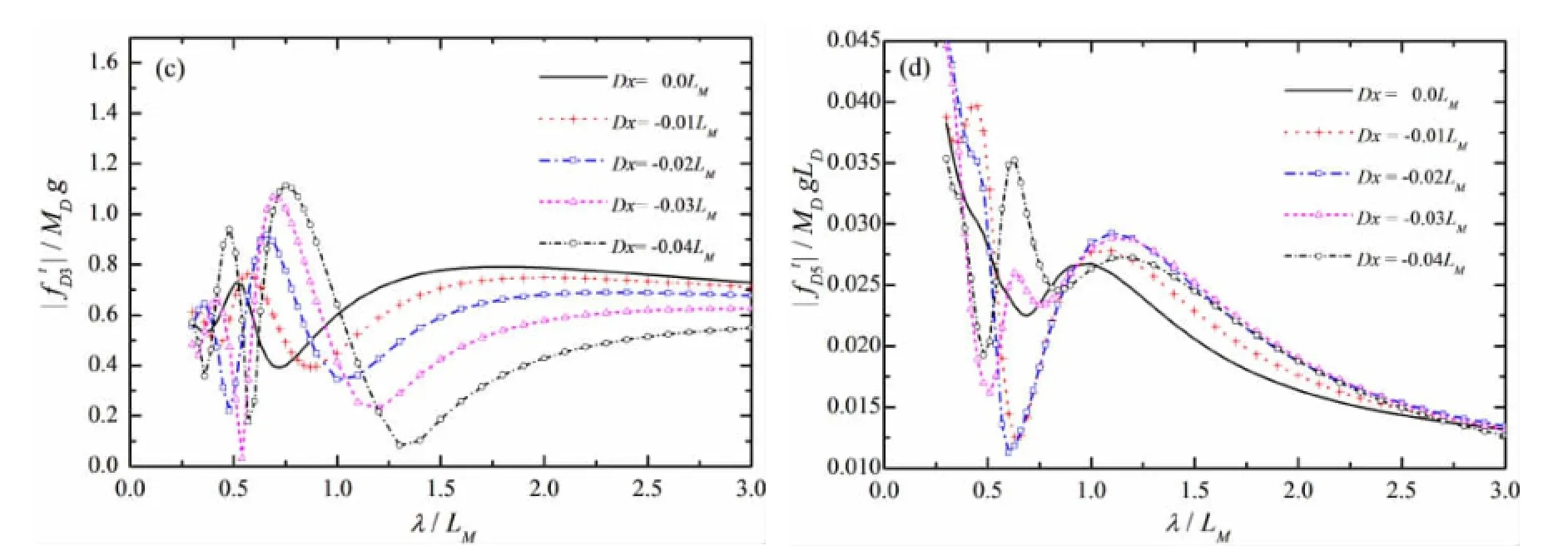
Fig.10 Non-dimensional dynamic force amplitudes of pin at different longitudinal spaces
3.3 Rotation angle
For the adaptation of different ship attitudes,the diver’s ladder must be still working at different rotation angles.In practice,the stretching or recovering time for the ladder is relatively long.At this case,the dynamic balance relationship is nearly done for the dynamic force of the ladder and pin.To ensure the steady and safe moving of the ladder,force analysis at different rotation angle is substantial for the pin.The numerical calculations of pin dynamic force are given in Fig.11,where the advancing speed of mother ship is zero in head waves,the rotation angles of diver’s ladder are θ=60°,55°,50°,45°and the gravity center of ladder is almost the same as that of mother ship.From the Fig.11(a)to Fig.11(d),it can be concluded the following results:(1)For the longitudinal,transversal and vertical force and longitudinal moment of pin,the dynamic load acting on the pin is relative large.(2)The difference of pin lon-gitudinal force is mainly in the range λ/LM=1.0~1.5,which is adjacent to the resonance zonefor the motion response of mother ship.(3)The amplitudes of transversal,vertical force and longitudinal moment display distinct peaks in the short wavelength range.However,the transversal and vertical forces of pin do not present the significant change with rotation angle except for the longitudinal moment.

Fig.11 Non-dimensional dynamic force amplitudes of pin at different rotation angles
4 Conclusions
(1)Based on the deep water Green function,3-D boundary element method is proposed to investigate the hydrodynamic disturbance between the mother ship and the diver’s ladder in waves.Compared with the experimental data for the box body and Series 60 model,the present computation is confirmed to be useful to explore the seakeeping problem for the mother ship and diver’s ladder,which is different from that for one free floating structure.The dynamic equilibrium equation of diver’s ladder is constructed as the input quantities as the Froude-Krylov force,diffraction force,radiation force and the motion response of the ladder,which is decoupled by the rigid motion theory.
(2)In all the modes of dynamic load for the pin,the vertical force is on the highest level in magnitude.It is made clear that the force-amplitude orders of the diver’s ladder and pin are almost the same at six directions.
(3)The forward speed effect exerts great influence on the surge and sway modes of the ladder’s wave loads in short waves.For the pin,the amplitude of longitudinal moment with non-zero speed 1.2~1.7 times that with zero forward speed maximally.
(4)The influence of longitudinal space is mainly on the short wavelength range for the sway motion and the medium-and-long wavelength ranges for the heave motion of the diver’s ladder.From the perspective of pin load design,the diver’s ladder should be arranged in the vicinity of ship gravity center as much as possible.
(5)The longitudinal moment of pin is exquisitely sensitive to the rotation angle of ladder. At different rotation angles,the great gap in the pin longitudinal force displays on the resonance zone for the motion response of mother ship.
[1]Specifications for diving gangway of naval ships[S].National military standard of the People’s Republic of China,2001. (in Chinese)
[2]Liu Y Z,Miao G P.Theories of ship’s motions in waves[M].Shanghai:Shanghai Jiaotong University Press,1986.(in Chinese)
[3]Dai Y S,Duan W Y.Potential flow theory of ship motion in waves[M].Beijing:National Defense Industry Press,2008.(in Chinese)
[4]Ye M,Xu Y.Comparison of the hydrodynamic analysis of a ship advancing in waves using 3D pulsating source and translating-pulsating source[J].Journal of Ship Mechanics,2013,17(1-2):29-41.(in Chinese)
[5]Telste J G,Noblesse F.Numerical evaluation of the Green function of water-wave radiation and diffraction[J].Journal of Ship Research,1986,30(2):69-84.
[6]Subrata K C.Application and verification of deepwater Green function for water waves[J].Journal of Ship Research,2001, 45(3):187-196.
[7]Wang K,Zhang X,Zhang Z Q,Xu W.Numerical analysis of added mass and damping of floating production,storage and offloading system[J].Acta Mechanica Sinica,2012,28(3):870-876.
[8]Amitava G,Jeffrey F.Development of a computer program for three dimensional analysis of zero speed first order wave body interaction in frequency domain[C]//Proceedings of the ASME 32nd International Conference on Ocean,Offshore and Arctic Engineering.Nantes,France,2013.
[9]Hess J L,Smith A M.Calculation of nonlifting potential flow about arbitrary three-dimensional bodies[J].Journal of Ship Research,1964,8(3):22-44.
[10]Ma S,Duan W Y,Ma W X.Prediction of hydrodynamic pressure on ships based on 2.5D theory[J].Journal of Ship Mechanics,2011,15(1-2):1-10.
[11]Du S X,Hudson D A,Price W G,Temarel P.An investigation into the hydrodynamic analysis of vessels with a zero or forward speed[J].Journal of Engineering for the Maritime Environment,2012,226(2):83-102.
[12]Inglis R B,Price W G.Irregular frequencies in three dimensional source distribution techniques[J].International Shipbuilding Progress,1981,28:57-62.
[13]Gerritsma J,Beukelman W.The distribution of the hydrodynamic forces on heaving and pitching ship model in still water [C]//Proceedings of the 5th Symposium on Naval Hydrodynamics.Bergen,Norway,1964:219-257.
波浪中母船干扰下潜水员梯的运动及水动力特性分析
肖汶斌,董文才
(海军工程大学舰船工程系,武汉430033)
潜水员梯是通过销轴连接在母船舷侧为潜水员执行潜水作业时上下船的平台,为保证在波浪中使用时的安全性,对其波浪作用力、运动响应及销轴处的动作用载荷设计有较高要求。为研究母船干扰下潜水员梯的动态响应特性,采用基于深水格林函数为积分内核的边界元方法,先计算母船及潜水梯这一整体的运动响应及其平均湿表面的辐射和绕射压力分布,依据刚体运动合成原理求解得到潜水梯重心处的运动。再以潜水员梯为研究对象,采用压力积分方法获得潜水员梯的波浪力作用,并将其运动、波浪力和销轴处的作用力联立构成动力学平衡方程,逆向求解出销轴处的动作用力。基于上述思路,系统研究了波长、航速及潜水员梯与母船相对位置变化时潜水员梯的运动、波浪作用力及销轴处作用力的变化规律,为潜水员梯的布置、销轴的选型及潜水作业时母船的操纵可提供指导意义。
深水格林函数;水动力干扰;潜水员梯;母船;销轴
U661.73
:A
肖汶斌(1988-),男,海军工程大学舰船工程系博士研究生;
1007-7294(2015)12-1475-13
U661.73
:A
10.3969/j.issn.1007-7294.2015.12.004
董文才(1967-),男,海军工程大学教授,博士生导师。
Received date:2015-06-17
Foundation item:Supported by the Key Program of Hydrodynamics of China(No.9140A14030712JB11044) and by the Postgraduate Innovation Scholarship in Naval University of Engineering
Biography:XIAO Wen-bin(1988-),male,Ph.D.student of Naval University of Engineering,E-mail:hgxiaowb727@126.com;DONG Wen-cai(1967-),male,professor/tutor.
猜你喜欢
杂志排行
船舶力学的其它文章
- Active Control of Low-Frequency Sinusoidal Vibration Transmission of Ship Machinery
- An Analytical Model of Ballistic Impact on Light Ceramic/Metal Lightweight Armours
- Analysis on Factors Influencing Strains of Unbonded Flexible Risers Under Pressures
- Tensile Fatigue Test Method for Typical Stiffened Panel
- Theoretical and Numerical Research on CTOD for Ship Plate under Cyclic Loading Considering Accumulative Plastic Strain
- A New Concept of ETLP and Its Hydrodynamic Performance
